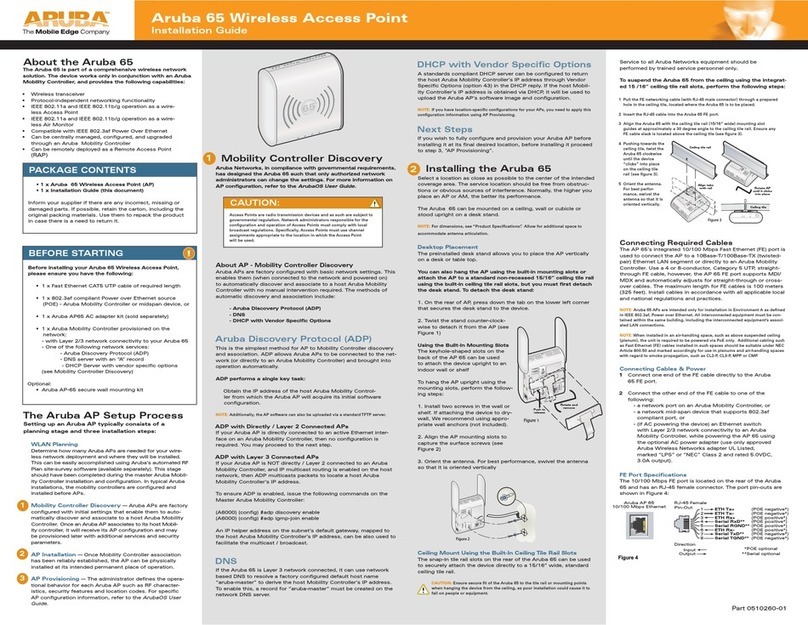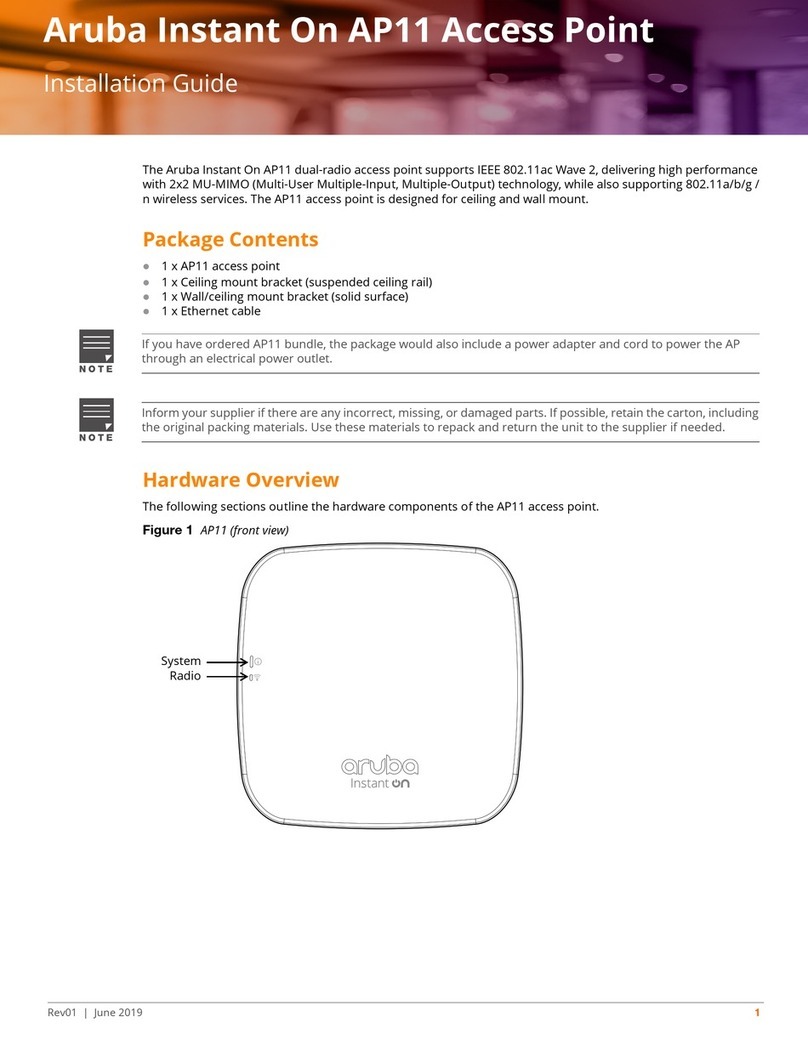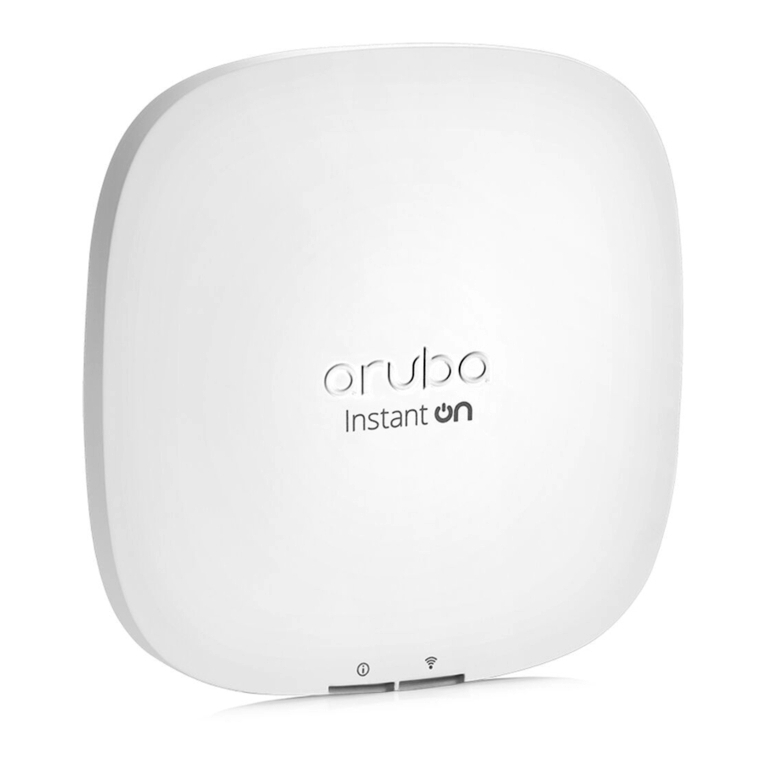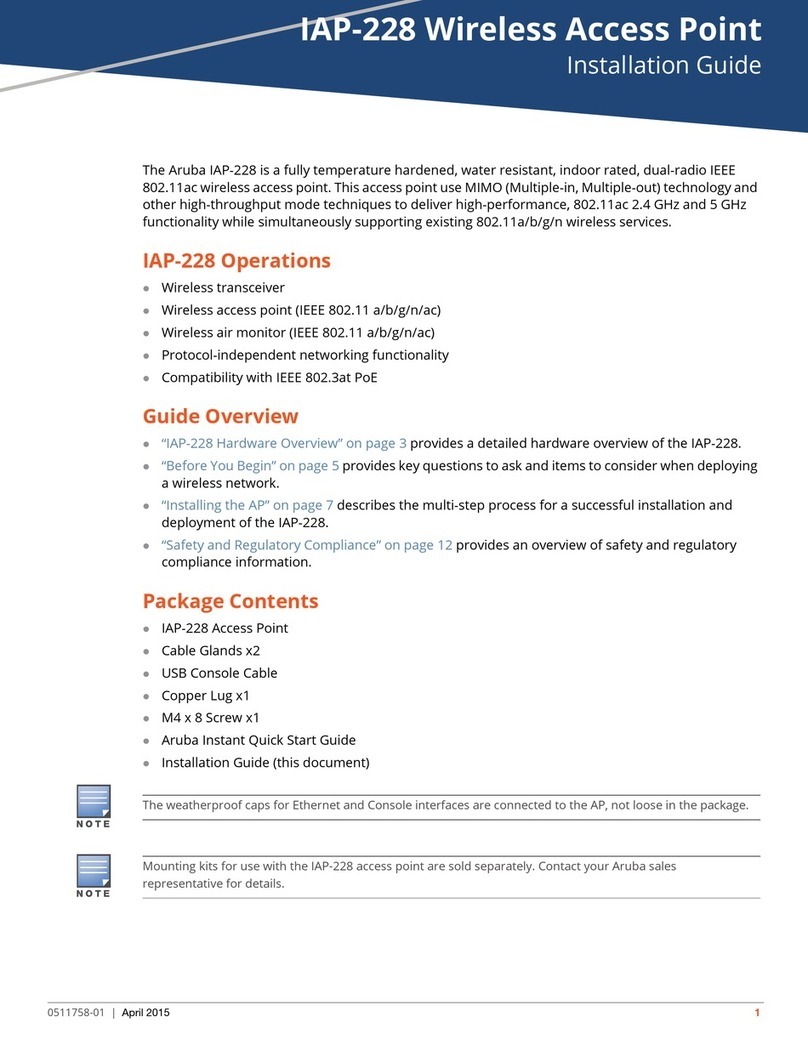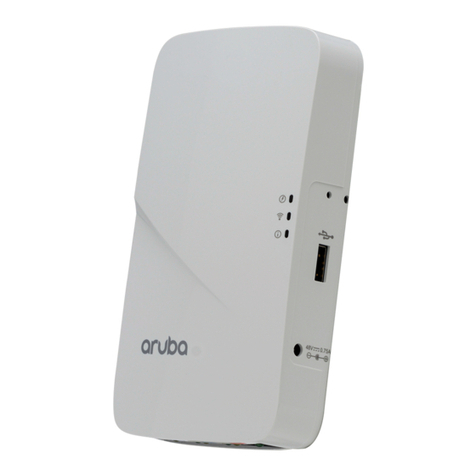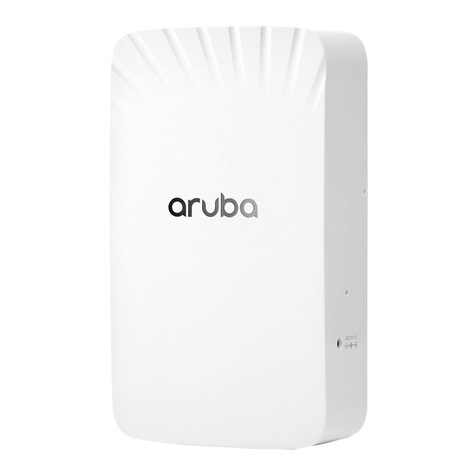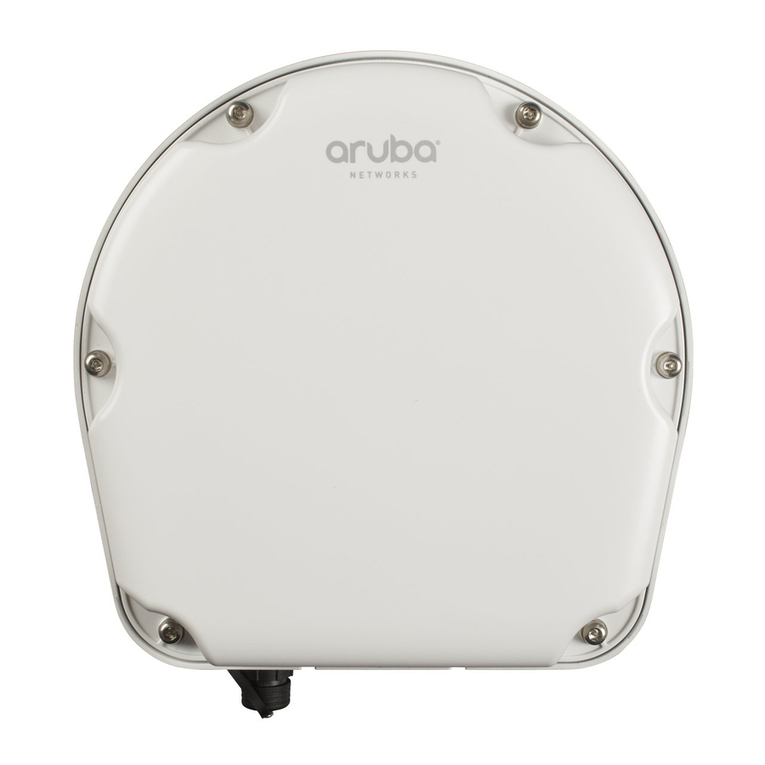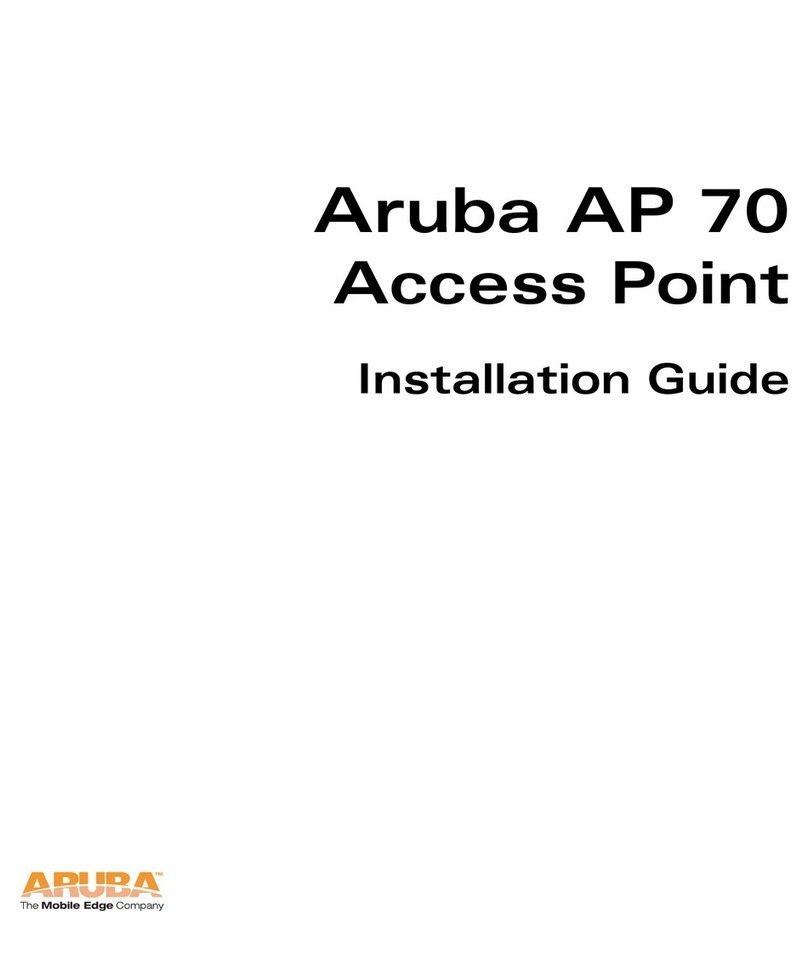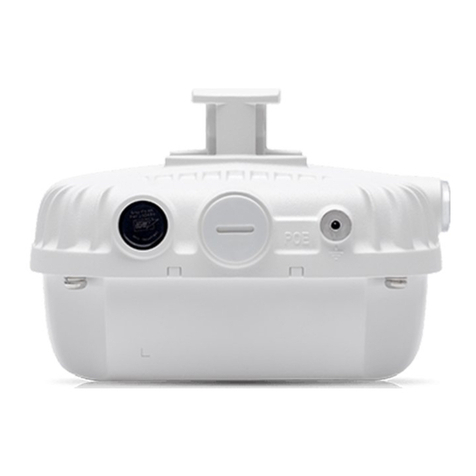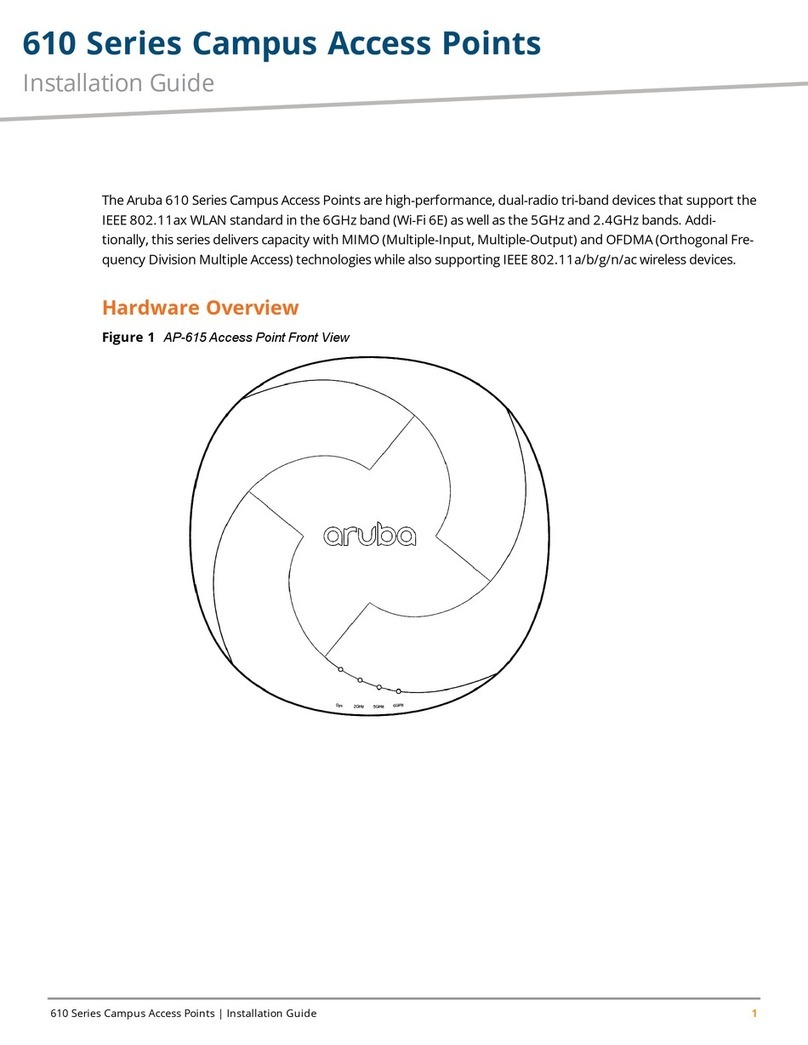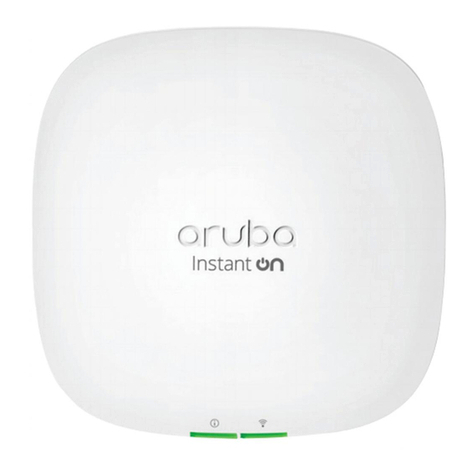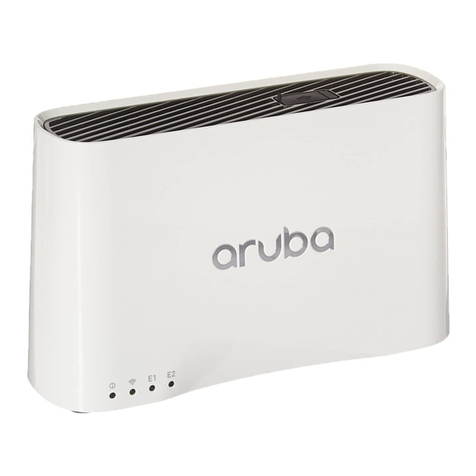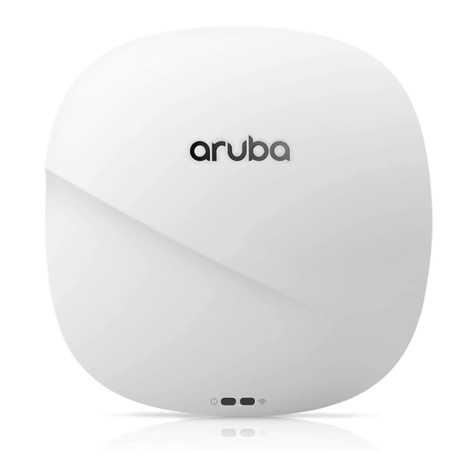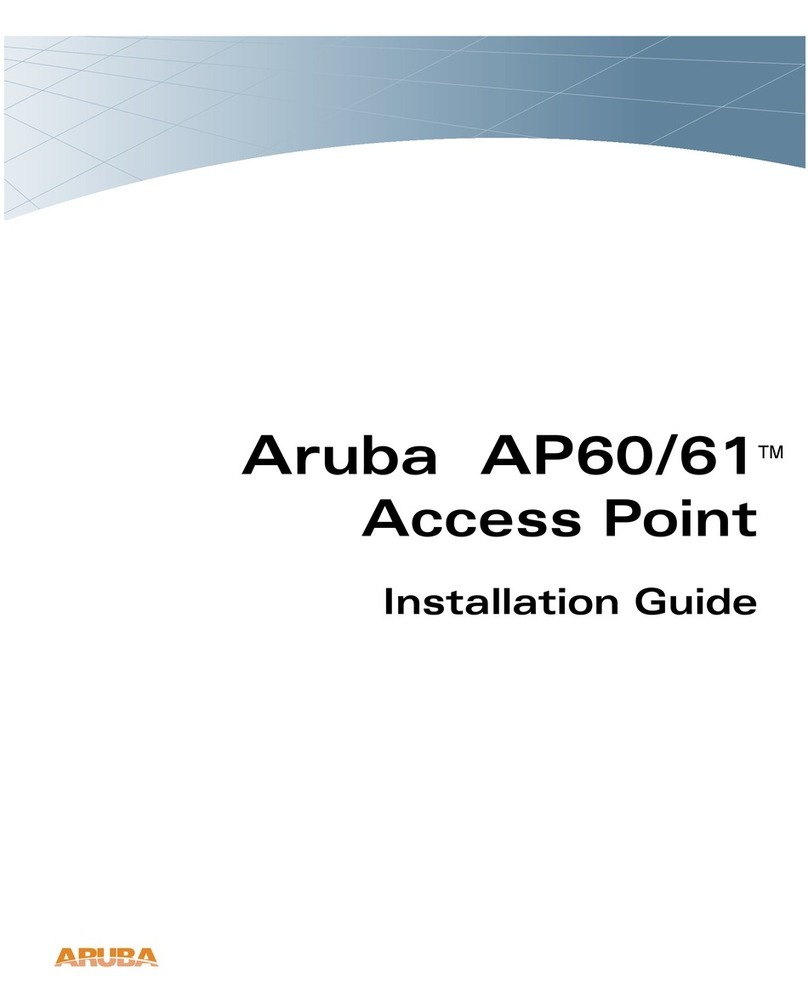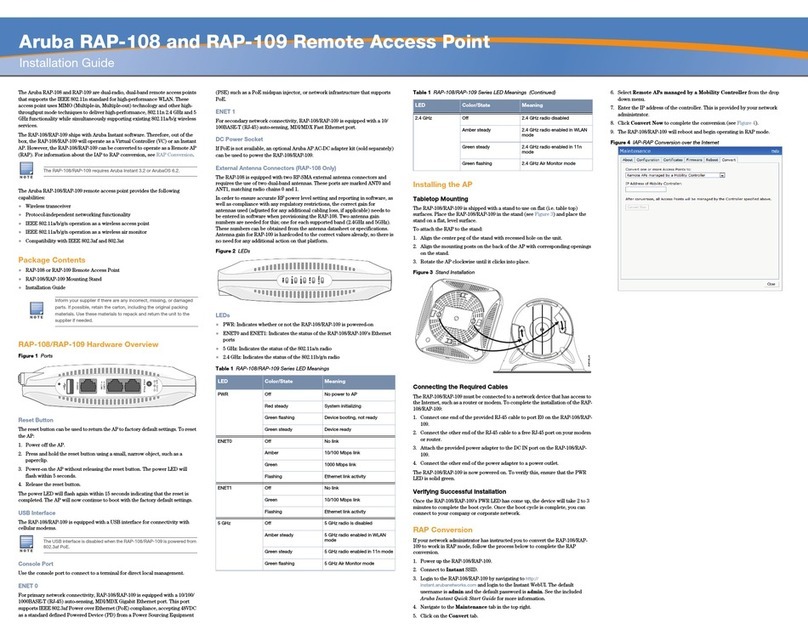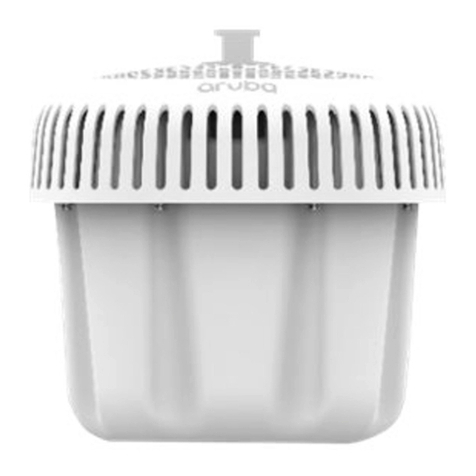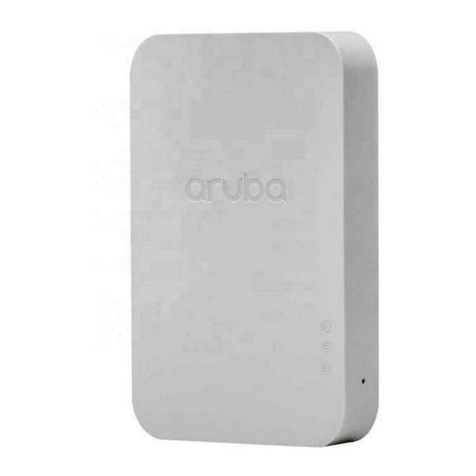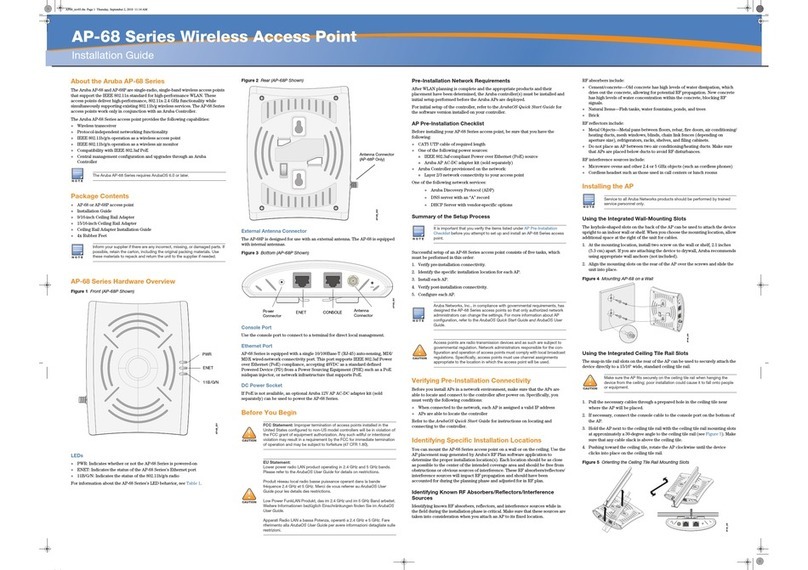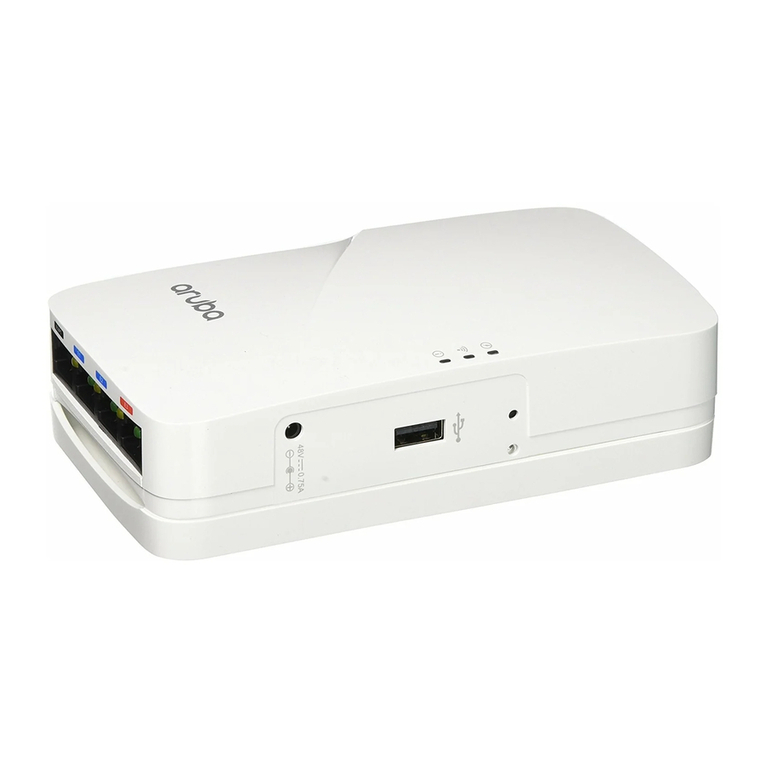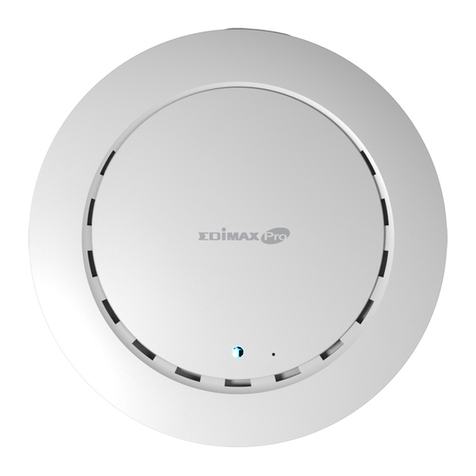
10 Aruba 203H Hospitality Access Points | Installation Guide
A Declaration of Conformity for these directives is available for viewing at www.arubanetworks.com.
RF Warning
해당무선설비는 전파혼신의 가능성이 있으므로 인명안전과 관련된 서비스는 할 수 없습니다
Medical
1. Equipment not suitable for use in the presence of flammable mixtures.
2. Connect to only IEC 60950-1 or IEC 60601-1 3rd edition certified products and power sources. The end user is responsible
for the resulting medical system complies with the requirements of IEC 60601-1 3rd edition.
3. Wipe with a dry cloth, no additional maintenance required.
4. No serviceable parts, the unit must be sent back to the manufacturer for repair.
5. No modifications are allowed without Aruba approval.
第十二條 →經型式認證合格之低功率射頻電機,非經許可,公司、商號或使用者均不得擅自變更頻率、加大功率或變更原設計之特性及功能。
第十四條 →低功率射頻電機之使用不得影響飛航安全及干擾合法通信;經發現有干擾現象時,應立即停用,並改善至無干擾時方得繼續使用。
前項合法通信,指依電信法規定作業之無線電通信。低功率射頻電機須忍受合法通信或工業、科學及醫療用電波輻射性電機設備之干擾。
Proper Disposal of Aruba Equipment
Dispose of Aruba products per local regulation. For the most current information about Global Environmental
Compliance and Aruba products, visit www.arubanetworks.com.
Waste of Electrical and Electronic Equipment
Aruba products at end of life are subject to separate collection and treatment in the EU
Member States, Norway, and Switzerland and therefore are marked with the symbol shown at
the left (crossed-out wheelie bin). The treatment applied at end of life of these products in
these countries shall comply with the applicable national laws of countries implementing
Directive 2002/96/EC on Waste of Electrical and Electronic Equipment (WEEE).
India RoHS
This product complies with RoHS requirements as prescribed by E-Waste (Management & Handling) Rules,
governed by the Ministry of Environment & Forests, Government of India.
European Union RoHS
Aruba products also comply with the EU Restriction of Hazardous Substances Directive
2011/65/EC (RoHS). EU RoHS restricts the use of specific hazardous materials in the
manufacture of electrical and electronic equipment. Specifically, restricted materials
under the RoHS Directive are Lead (including Solder used in printed circuit assemblies),
Cadmium, Mercury, Hexavalent Chromium, and Bromine. Some Aruba products are subject to the exemptions
listed in RoHS Directive Annex 7 (Lead in solder used in printed circuit assemblies). Products and packaging will
be marked with the “RoHS” label shown at the left indicating conformance to this directive.
China RoHS
Aruba products also comply with China environmental declaration requirements and are labeled
with the “EFUP 10” label shown at the left.
Expected Service Life 10 years. For additional compliance information, refer to the regulatory label on the back
of this device.
ᴹᴹ∂ᴹᇣ⢙䍘༠᰾
Hazardous Materials Declaration
䜘Ԧ〠
(Parts)
ᴹ∂ᴹᇣ⢙䍘ᡆݳ㍐˄Hazardous Substance˅
䫵
˄Pb˅
⊎
˄Hg˅
䭹
˄Cd˅
ޝԧ䬜
˄Cr6+˅
ཊⓤ㚄㤟
˄PBB˅
ཊⓤҼ㤟䟊
˄PBDE˅
⭥䐟⁑ඇ
(circuit modules) XOOOO O
⭥㔶৺⭥㔶㓴Ԧ
(Cables & Cable A
OOOOO O
䠁䜘Ԧ
(Metal Parts) OOOOO O
ກᯉ઼㚊⢙䜘Ԧ
(
Plastic and Polymeric Parts)
OOOOO O
O: 㺘⽪䈕ᴹ∂ᴹᇣ⢙䍘൘䈕䜘Ԧᡰᴹ൷䍘ᶀᯉѝⲴ䟿൷൘ SJ/T11363-2006 ḷ߶㿴ᇊⲴ䲀䟿㾱≲
ԕлDŽ
Indicates that the concentration of the hazardous substance in all homogeneous materials in the parts
is below the relevant threshold of the SJ/T11363-2006 standard.
X: 㺘⽪䈕ᴹ∂ᴹᇣ⢙䍘㠣ቁ൘䈕䜘ԦⲴḀа൷䍘ᶀᯉѝⲴ䟿䎵ࠪ SJ/T11363-2006 ḷ߶㿴ᇊⲴ䲀
䟿㾱≲DŽIndicates that the concentration of the hazardous substance of at least one of all homogeneous
materials in the parts is above the relevant threshold of the SJ/T11363-2006 standard.
ሩ䬰ѻᰕⲴᡰӗ૱ˈᵜ㺘ᱮ⽪ᓄ䬮Ⲵ⭥ᆀؑӗ૱㜭䘉Ӌ⢙䍘DŽ
This table shows where these substances may be found in the supply chain of
products, as
of the date of sal
e of the enclosed product.
↔ḷᘇѪ䪸ሩᡰ⎹৺ӗ૱Ⲵ⧟؍֯⭘ᵏḷᘇ.ḀӋ䴦䜘ԦՊᴹањнⲴ⧟؍֯⭘ᵏ
ֻྲ,⭥⊐অݳ⁑ඇ)䍤൘ަӗ૱к.
↔⧟؍֯⭘ᵏ䲀䘲⭘Ҿӗ૱ᱟ൘ӗ૱ѝᡰ㿴ᇊⲴᶑԦлᐕ.
Friendly Use Period (EFUP) for all enclosed products and their parts are
per the symbol shown here. The Environment
Friendly Use Period is valid only when the
product is operated under the conditions defined in the product manual.
